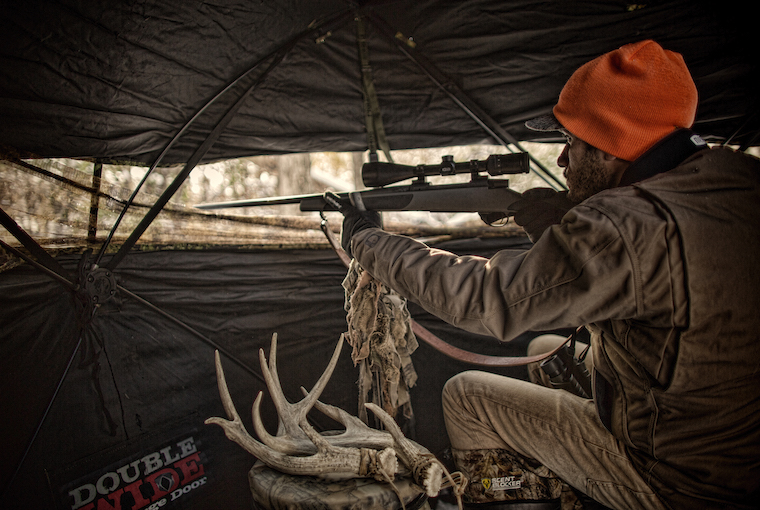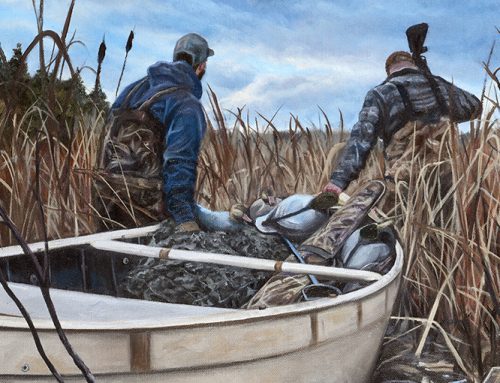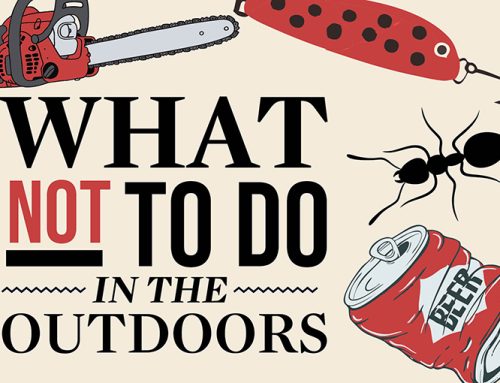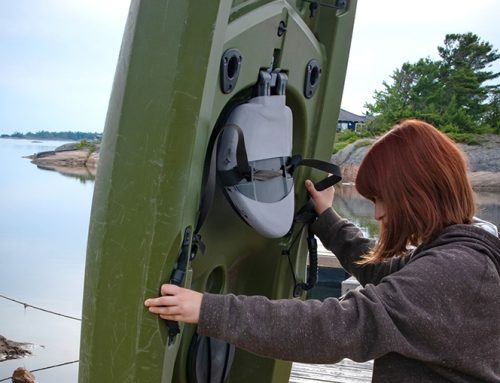
We teach marksmanship to hunters, recreational and competitive shooters, police, and military. We have found that the only people who get anywhere near enough practice are competition shooters. The others may get some training, and that’s good. But there is a difference between training and practice. Training is learning a skill, but it takes practice ― frequent, mindful, dedicated practice ― to get good and stay good.
Something we preach is that it’s not practice that makes perfect, it’s perfect practice that makes perfect. This is even more important when you don’t have much time to practise. You need to imprint the one right way to do each thing. If you let yourself practise it wrong (or even just not quite right), your practice isn’t going to be effective because you will get good at doing it wrong
The bucket of success
Your skills are like the grains of sand in a bucket of success. Every time you practise a skill correctly, you add one grain of sand to the bucket towards being good. Every time you let yourself practise a skill incorrectly, you take a handful of sand out of the bucket.
Cycle that action
In our book, Secrets of Mental Marksmanship, we tell a lot of short stories about hunting. This one emphasizes the quality of your training:
Remember that we said that only perfect practice makes perfect. We once heard a story about a hunter who wanted to get ready for his upcoming hunting trip. He decided he would practise cycling his rifle, just in case he needed a follow up shot. He loaded his rifle with dummy rounds and with the rifle in his shoulder and while maintaining a sight picture on a life-like deer target, he would cycle each of the dummy rounds through his rifle. He would then reload and do this over and over.
On the day, while hunting and when finally presented with a trophy buck, he carefully brought his rifle to the shoulder and established his sight picture and then…he cycled each of the cartridges through his rifle until it was empty and didn’t fire a single shot.
Under the stress of the hunt, he carried out what he had trained to do in absolute detail.
Because he practised an incomplete skill, he created a “training scar.” All he had to do to make his practice perfect was to dry fire (or trigger press on the dummy round) after each cycle.
Sylvia’s first hunt
Contrast this to the story about Sylvia, who took our Hunter Marksmanship course in September and shot her first buck in November. (This story is in our soon-to-be published book, On Hunting.)
“That afternoon I arrived in my blind at 2:45. I went through the usual steps of loading my rifle, placing it on my shooting stick to check to see if it was positioned to make a comfortable shot, and placed my ear defenders nearby. I opened my reading book to where I had left off and the first time I looked up, a deer had snuck in and was feeding on the carrot pile. I noted quickly it was a buck, laid down my book, put on my ear defenders, and, when the deer’s head went down to pick up another carrot, slowly picked up my rifle and placed it on my shooting stick.
I took off the safety; I was ready to fire. When his head came up, he stood facing me and stared in my direction. At this point, I wasn’t sure whether I had been busted but I knew I had to wait for the right shot. I waited, he watched. I was only thinking of making the right shot. I knew I had to wait for him to turn. I had him in my sights; I knew where I wanted to place my shot. I sat there for 10 or 15 minutes before he turned. I placed the crosshairs and the gun went off. I guess I pulled the trigger. Honestly, I did not feel ANY recoil.
It was 3:30 p.m. The deer jumped and ran off. I was excited, but surprisingly I did not find that the adrenaline rush left me out of breath like you see on all the TV shows when the hunter makes his kill. I texted my husband who was sitting on his watch at a nearby hunting camp saying, ‘I shot a buck and I know he is leaking!'”
Practical practice
- Wear your full hunting gear. Bring all your kit.
- Use the stand you’ll be hunting from.
- Dry fire the rifle, use a field target for the bow.
- Practise gun handling: loading (with dummyrounds if you’re not on a range), safety, everything.
- Practise moving through the bush if you plan tospot and stalk.
- Practise all the positions you might need, including the angles.
- Practise using the support you’ll have…offhand,pack, sticks, nearby trees.
Practise the most difficult situations most frequently. Ask yourself, “How would I really want to do it when my buck of a lifetime is standing in front of me?” Practise over and over until there’s only one possible way you could do it ― the perfect way.
Originally published in the June 2022 issue of Ontario OUT of DOORS






Leave A Comment